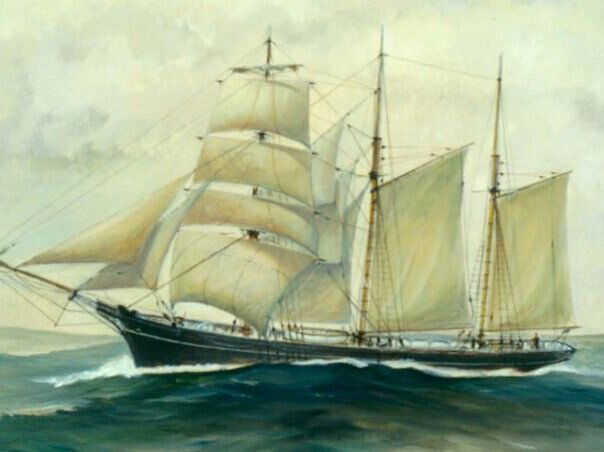The Middle Years

The next 100 years saw the RCYC flourish following the expansion of trade and the Welsh language. The latter was due to the translation of the bible in to Welsh which was actually done at RCYC
The later part of the 18th century saw the beginnings of the Industrial Revolution, and the presence of iron ore, limestone and large coal deposits in south-east Wales meant that this area soon saw the establishment of ironworks and coal mines, notably the Cyfarthfa Ironworks and the Dowlais Ironworks at Merthyr Tydfil. With good road communications from the south east to west Wales and with Cwmtydu already established as an important port trade flourished and a fleet of merchant vessels were based there. The most famous of these was the barquentine 'NYMPH' which was built in Cei Bach - a portrait of her still hangs at the Welsh National museum to this day.
The RCYC played an import part in the growth of Cwmtudy and the maritime trade trade at that time by training the officers and crew of the merchant ships that used Cwmtydu as their base. Trade flourished and Cwmtydu became the premier Welsh port.


